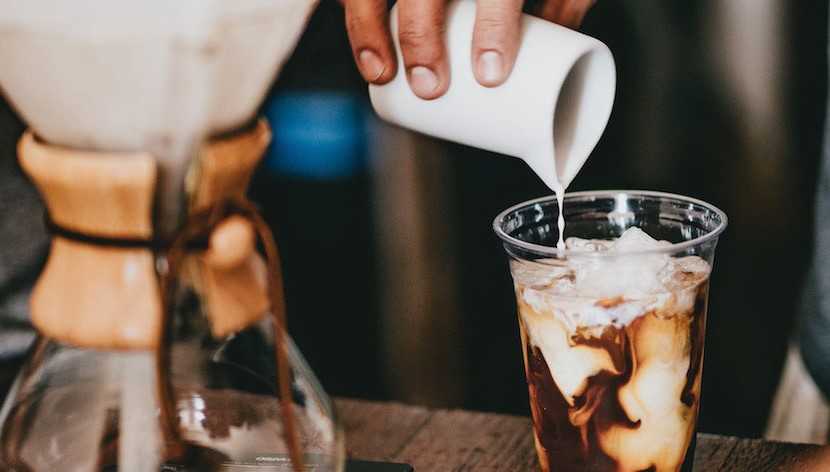The marriage is a completely appropriate one: after all coffee and ice cream have always enjoyed a long and happy relationship – a “match made in heaven”, you might say. Or perhaps we should now also be thinking of it as a marriage of convenience.
A union that brings benefits for all. Hybrid products combining coffee and ice cream are becoming increasingly popular.
“Coffee is ice cream’s oldest ally,” says Stefano Pillot, general manager of Galatea. “Just think of coffee-flavoured ice cream and coffee float. An establishment needs to offer a complete range of products and has to be able to work over the whole 12 months to reduce management costs. For this reason we will be moving increasingly towards multi-functional locales, which in Italy are currently more typical of central and southern Italy. There is no doubt that a process of ice-cream parlour selection is taking place in Italy. We recommend consistency, transparency and honesty towards the clientele.”
“I cannot think of another product that goes as perfectly with ice cream as coffee does,” agrees Federico Tassi, the manager of Cattabriga – Iceteam 1927, which is part of the Ali group.
“It is ideal both in terms of the physical space and from a technology point of view, with machines that can live quite happily side by side in the same commercial establishment. Also, gross profit margins in both ice cream and coffee are huge: all you have to do is make sure you sell. The main thing is to find machinery and equipment suited to the type of consumption and choose the right location.”
Ice-cream is also spreading beyond the confines of the traditional ice-cream parlour.
“In recent years our product range, which has always aimed to offer the widest possible choice, has extended to clients whose core business is not ice cream, bar service, pastries, hotels or catering, but who want to add high-quality gelato to the things they offer. That is why we have come up with single and combined machines that can also produce small quantities: a tub every ten minutes as opposed to the usual two to four, and which are able to work with a half-litre load. Ideal for daily consumption, they take up very little room in the kitchen. Restaurants are increasingly attentive to the quality of their desserts. These machines pose no limits to the creativity of chefs, enabling them also to quickly produce small quantities of ice cream.”


















